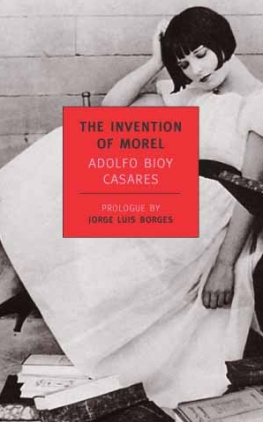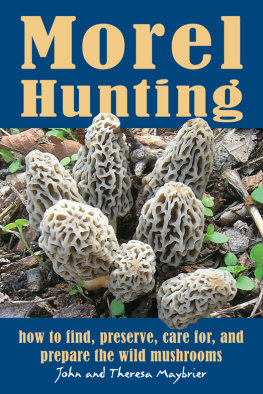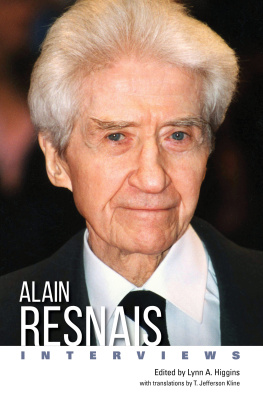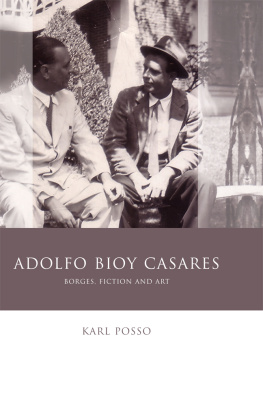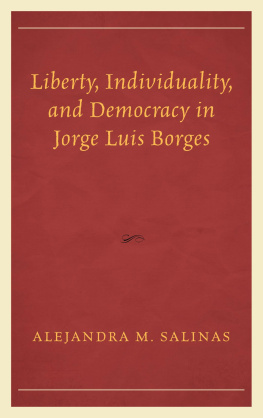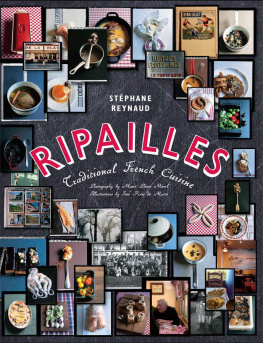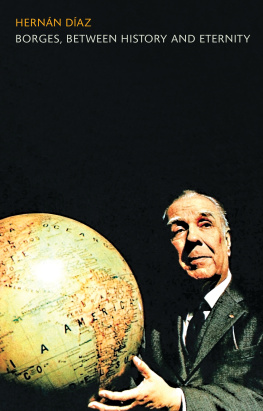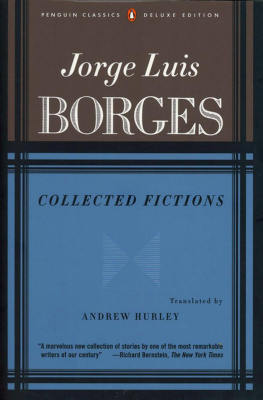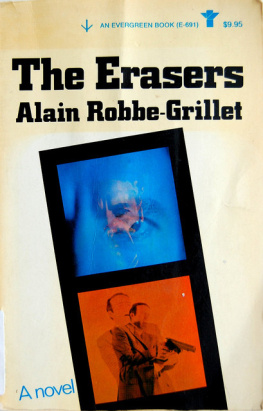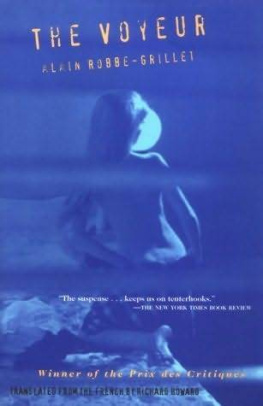INTRODUCTION
T HE ARGENTINE Adolfo Bioy Casares (1914-1999) inspired generations of Latin American readers and writers with his stories and novels rich with "reasoned imagination" prophetic fantasies, elegant humor, and stoic ironies about romantic love. Bioy, as he was called by friends and peers, began writing within the cosmopolitan sphere of Sur magazine founded by the influential Victoria Ocampoin Buenos Aires in the early 1930s. In this stimulating environment, surrounded not only by Argentine but by international cultural figures from Europe (including Spanish poets and intellectuals who were fleeing the Civil War), North America, and Asia, it was the friendship of Jorge Luis Borges that led the young Bioy to develop into the consummate literary stylist he became. Indeed Borges prefaced the first edition, in 1940, of The Invention of Morel Bioy Casares's most famous book and undoubtedly a twentieth-century classicwith an impassioned defense of fantastic literature. For Borges and Bioy, the fantastic was a far richer medium compared to what they then considered the impoverished artifices of nineteenth- century realism. Citing Morel as a "perfect" contemporary model of the genre, Borges placed the twenty-six-year-old writer's first successful fiction in the company of Henry James's The Turn of the Screw and Franz Kafka's The Trial.
What was the fantastic in Borgesian terms? The fantastic or "magic" emanates from pre-modern modes of thought; hence fantastic narrative involved the irruption of a "lucid" magical system of causation upon what we know to be "natural" causation, making the reader question the normal boundaries between fantasy and reality. Borges concludes in his 1940 preface: "In Spanish, works of reasoned imagination are infrequent and even very rare.... The Invention of Morel ... brings a new genre to our land and our language." Octavio Paz, years later, preferred not to pigeonhole Bioy Casares as a fantasist, however. The Nobel Prize-winning Mexican poet and essayist described this intriguing novella and many of Bioy's fictions ' principal themes as not cosmic but rather metaphysical:
The body is imaginary, and we bow to the tyranny of a phantom. Love is a privileged perception, the most total and lucid not only of the unreality of the world but of our own unreality: not only do we traverse a realm of shadows; we ourselves are shadows.
From The Invention of Morel to later stories and novels such as The Adventure of a Photographer in La Plata (1985), the perception of desire in Bioy's fictions serves to make both protagonist and reader painfully aware of solitude, of the pathetic, tragic, and yet comic ways in which lovers lose one another, of the impossibility of being the heroic master of one's destiny.
Adolfo Bioy Casares was born in Buenos Aires on September 15, 1914, the only child of wealthy parents. Adolfo Bioy, descendant of a French family from Beam, the southwestern region of France often in the background of his son's stories, was the author of two volumes of memoirs; Marta Casares, considered a great beauty in her day, came from a well-established family, owners of La Martona, the largest dairy chain in the country. It was through Marta Casares's friendship with the Ocampos that her seventeen-year-old son would meet in 1931 his literary mentor Borges, then thirty,
and also his wife-to-be, Victoria's sister, the writer and painter Silvina Ocampo. Rincon Viejo, the family ranch in Pardo in the province of Buenos Aires, was to give Bioy and Borges their first pretext to write in collaboration, a pamphlet on the virtues of yogurt!
The familiar image of Bioy Casares as disciple and collaborator of Borges placed him, in the Latin American canon, under the shadow of the maestro. Even though Borges once called Bioy the "secret master" who led him out of his experimentation with baroque metaphors into classical prose, Borges's message was, as always, double: "master" in the sense that children teach their parents. But more than mentor and disciple Borges and Bioy were lifelong friends whose ingenious and passionate discussions of literature and their favorite writers (like Stevenson, Poe, Chesterton, and, of course, Kafka) were mutually nourishing. In poetry, Borges favored the epic, such as Whitman, whereas Bioy favored the lyrical, as in Verlaine.
Love was always to be an endangered and endangering obsession in Bioy: the sweet revelations in the laurel bower can bring down catastrophe, whether that evil be banal stupidity or some divine (or diabolical) wrath. Stories his mother told him as a child provided the blueprint for many of his own fictions:

